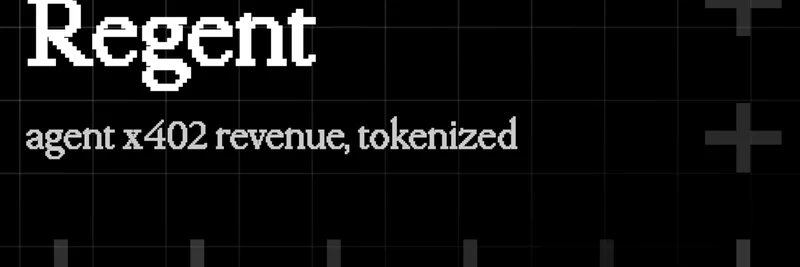Hey there, crypto enthusiasts! If you’ve ever wondered what makes your crypto swaps smooth or why some trades feel like a rollercoaster, you’re in the right place. Today, we’re diving into the world of DeFi (Decentralized Finance) liquidity, thanks to an insightful post from CoW Swap. Let’s break it down and see how this platform is changing the game!
What Is DeFi Liquidity, Anyway?
In simple terms, liquidity in DeFi is all about how easily you can swap one cryptocurrency for another without causing a price crash. Imagine a busy marketplace where tokens are traded—liquidity is the crowd of buyers and sellers keeping things flowing. Without enough liquidity, you might face something called slippage, where the price you get for your trade is lower than expected. Not fun, right?
The CoW Swap team explains it perfectly: liquidity impacts your crypto swaps big time. It’s the backbone of decentralized exchanges, ensuring you can trade efficiently. For example, if a token has low liquidity, a big trade could move the price against you. High liquidity, on the other hand, keeps things stable and predictable.
How CoW Swap Stands Out
So, what’s special about CoW Swap? This decentralized exchange (DEX) is all about giving you the best prices while keeping your trades safe. According to their post, they use clever tech to “ensure you get the best prices while staying protected.” How do they do it? Through a process called off-chain batch auctions.
Think of it like a group deal: instead of trading one-on-one, CoW Swap batches your trade with others, finding the sweetest spot for prices. This reduces the risk of Maximum Extractable Value (MEV)—a sneaky way some traders profit at your expense. Plus, it minimizes slippage, so you keep more of your hard-earned crypto. Pretty cool, huh?
Why Liquidity Matters for Your Swaps
Let’s get practical. If you’re swapping tokens like ETH or USDT, liquidity determines how smoothly the trade goes. The more liquid a pool (a collection of tokens available for trading), the better the price you’ll get. CoW Swap taps into this by connecting to multiple liquidity sources, ensuring you’re not stuck with a bad deal.
For instance, if you’re trading a less popular token, low liquidity could mean higher costs. CoW Swap’s approach helps bridge that gap, making even niche trades more accessible. Check out their guide here to learn more about how they pull this off!
Staying Protected in the Wild West of Crypto
Crypto can feel like the Wild West sometimes, with risks lurking around every corner. CoW Swap doesn’t just focus on prices—it prioritizes your security too. By batching trades off-chain, they reduce exposure to front-running (when someone jumps ahead of your trade to profit). This protection is a big deal, especially for beginners navigating DeFi.
Final Thoughts
Whether you’re a seasoned trader or just dipping your toes into DeFi, understanding liquidity is key to mastering crypto swaps. CoW Swap’s latest post shines a light on this topic, showing how they’re making DeFi safer and more efficient. So, next time you swap tokens, think about the liquidity behind the scenes—and maybe give CoW Swap a try!
Got questions? Drop them in the comments, and let’s chat about your DeFi journey. Happy trading, folks!


